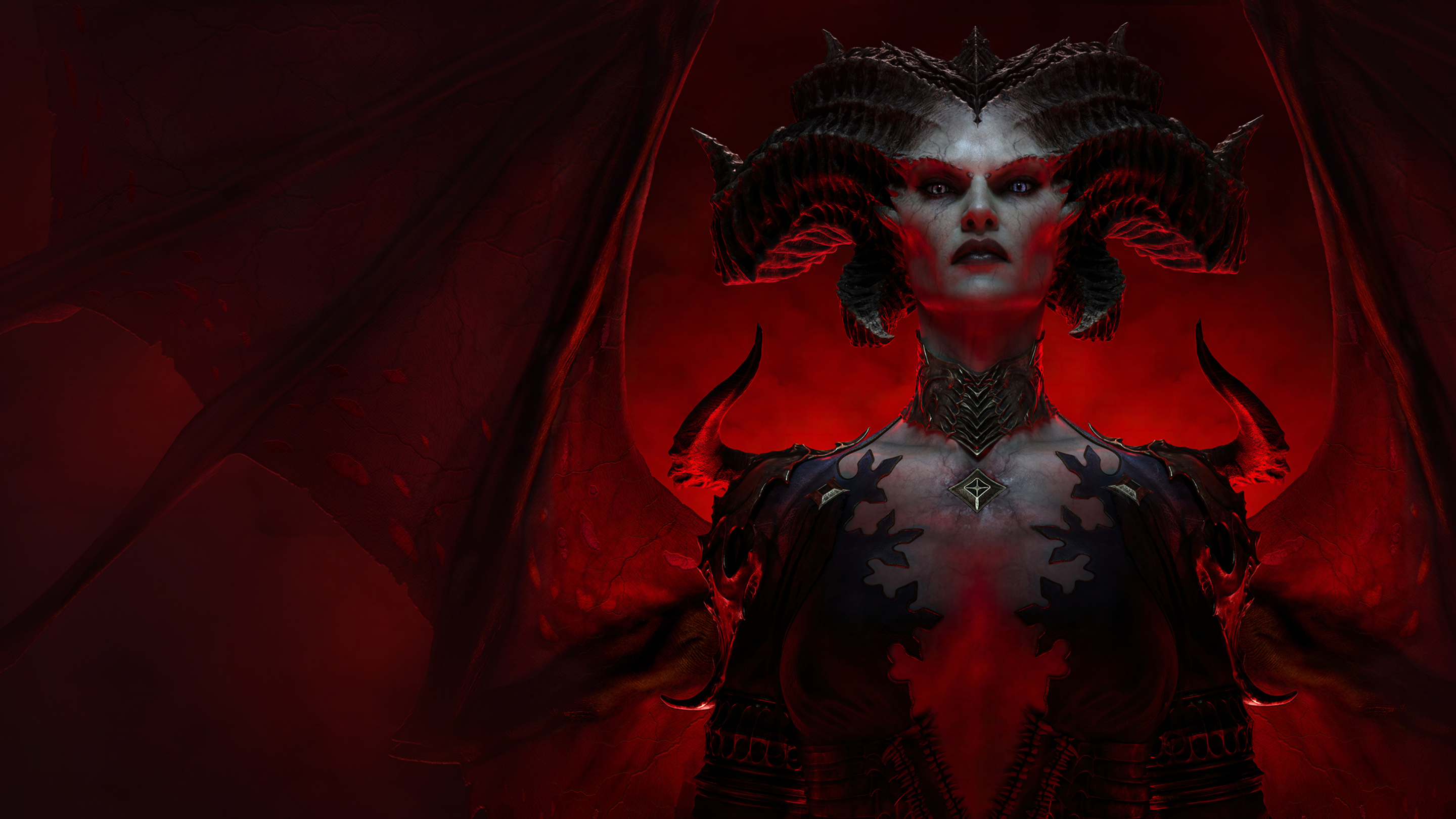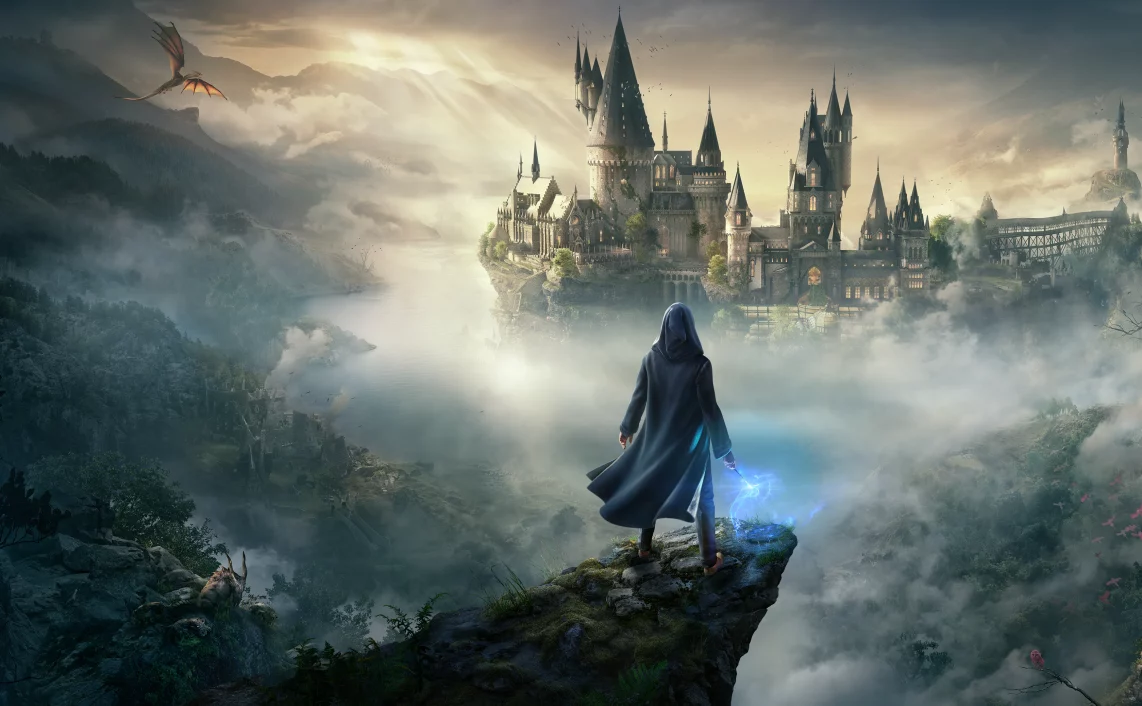As somewhat of an out-of-the-box promise to its fan base to do better this time, Diablo IV is the very first installment of Blizzard Entertainmen‘s infamous splatter-movie-gone-game brand to come with an open world and with it, an impressive structural flexibility at the core of its hack & slay action feast. It seems like a strange choice for a game this open minded though, that higher difficulty levels have been tied to the player’s progress in the campaign. Keeping one of the – if not the single most important variable for players to tailor their gaming experience to their liking locked behind dozens of ingame-hours on the lower tier battlefields.
It seems like a bit of a lazy solution to a problem, the games industry had actually allready found smarter ways to deal with.
In times of a game as challenging as Elden Ring being one of the best sold and reviewed games of all time, it comes as a bit of a surprise that of all the things a game themed around a grim and very bloody hell made apocalypse, Diablo IV lacks the courage – or the trust in the robustness of it’s systems – to allow its players to try out a more difficult and punishing approach if they fancy it. We do not know if this comes down to the developers being afraid of players clicking themselves into a spiral of frustration when choosing higher world tiers too soon. If so though, it seems like a bit of a lazy solution to a problem, the games industry had actually allready found smarter ways to deal with. Locking options behind a made-up gate-keeping mechanism for the grand part of its adventurous players instead of making sure the game’s systems provide enough support and counter-balance for the over-eagerly few, certainly is not one of them.
Now, this argument is not about Diablo IV being an easy game. There are plenty of opportunities for your character to go the way of the Dodo while exploring the monster-littered world of Sanktuario. Even on the lower world tiers, as it frames its difficulty levels. For a game making it as clear from the start that it’s developers have listened to the series’ hardcore fans speaking up about the previous game offering too few options to make the experience a personal one however, it would have been great to see the world tier system going more hand in hand with the rest of the open-minded, free-form concept, that so cleverly lays the foundation for the world’s other systems to click in place and form the most flexible and player-centered Diablo game so far. Letting players choose which parts of the world and stories to explore first, to spontaniously jump in and out of randomly spawning world events and even allowing them to re-spec their characters whenever they want. For all the well deserved praise for its smart world building, the adrenaline injecting gameplay, flow and masterfully balanced loot spiral, it’s a shame the game then decides to fall back into old habbits, patronizing its players on how it wants to be played, instead of realizing that experimenting with difficulty settings can very well be as fun of a game mechanic as is fiddling around with character builds.
The best reason for players to stick to a game is offering them as much ways to experiment and express themselvesas possible.
2021’s Outriders, for example, instead tied the unlocking of its world tier tree to character progression, with a progress bar fed by earned experience points. Playing and slaying here not only promising a buff to the character’s stats, but a chance to try out a more difficult – but also more rewarding version of the world and its enemies, as soon as enough lower-tier foes had been vanquished. Basically making a new difficulty setting available, dependent on the player’s success on the previous one. Players could downgrade the selected world tier whenever they wanted, if they felt overwhelmed by the strength of the next-level enemies and retry, as soon as they felt ready for another go. A clever and transparent system, adding depth and another layer of motivation to the gameplay loop and character progression. After all, the best reason for players to stick to a game is offering them as much ways to experiment with its systems as possible. Not to artificially invent reasons for them to play the game a second and third time, by withholding some of the most interesting options for self-expression for no apparent reason.



